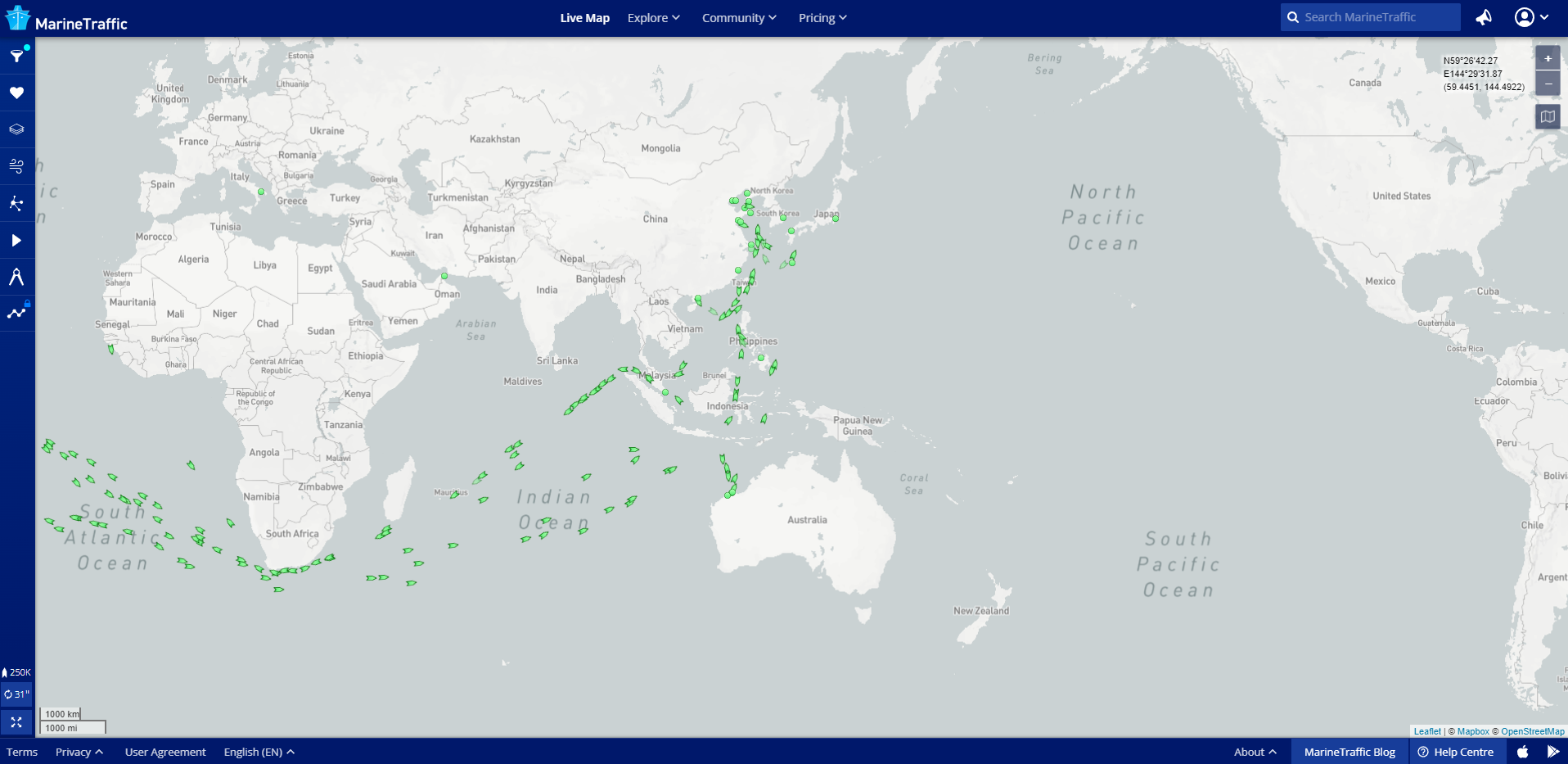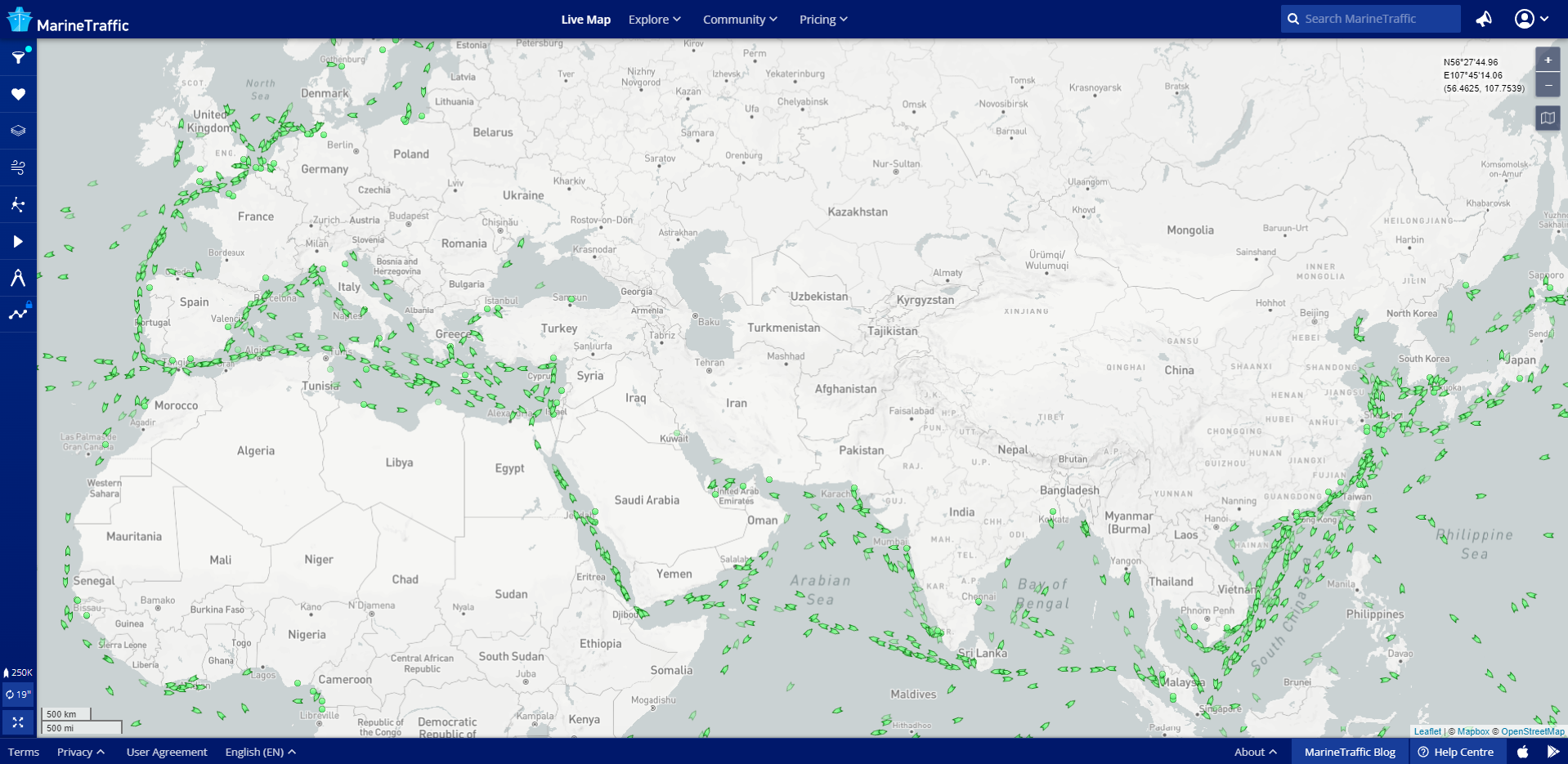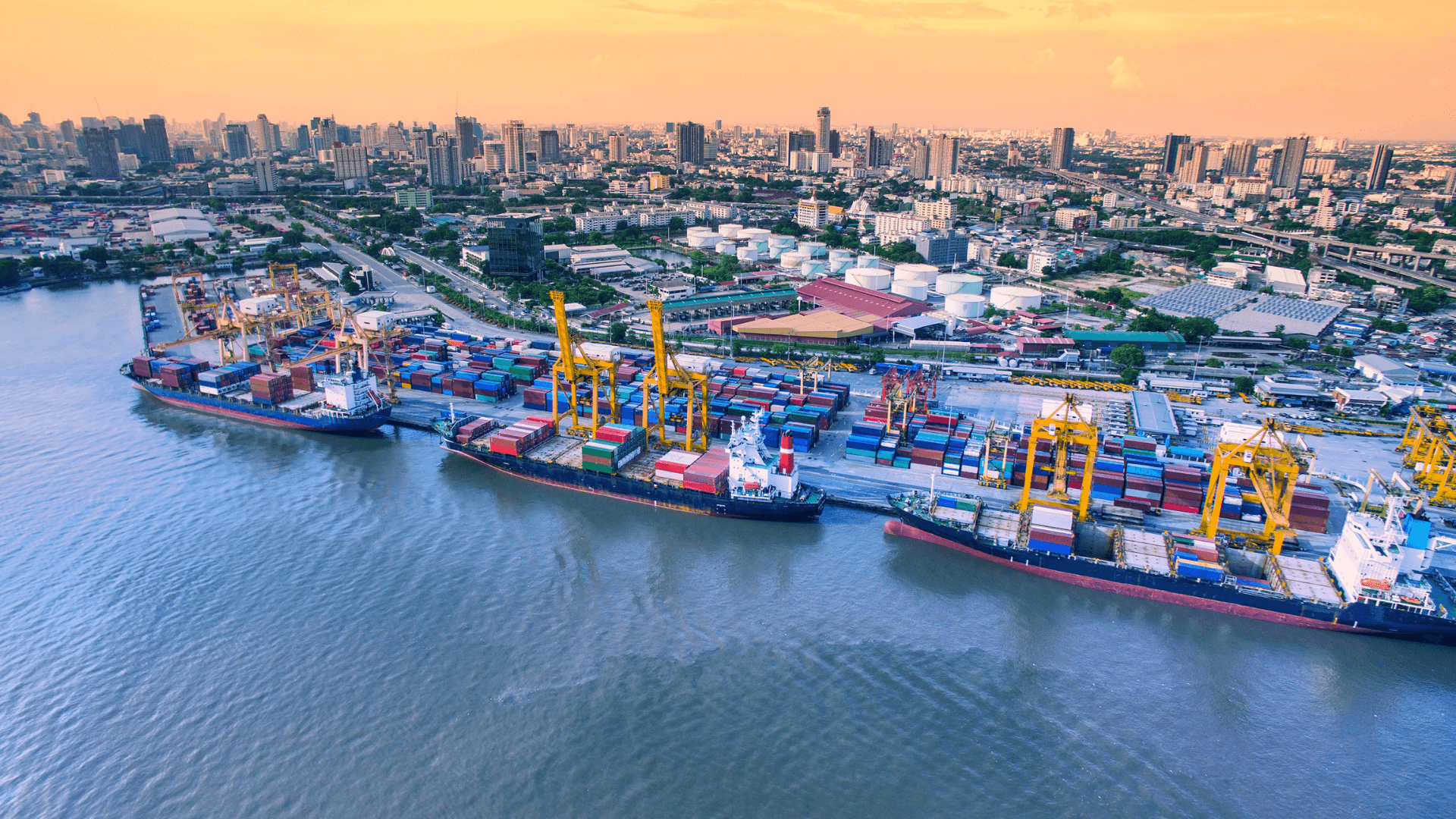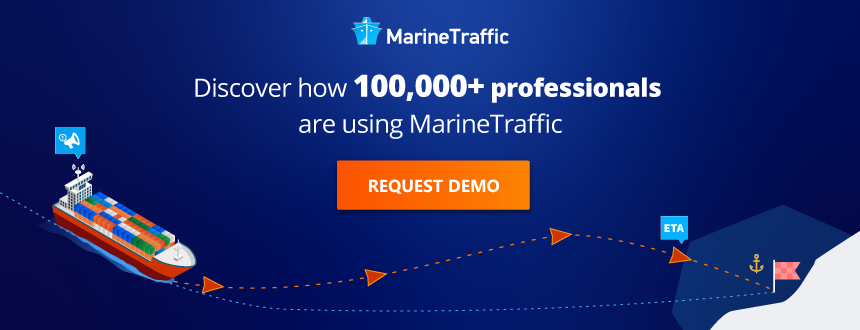The UN Climate Change Conference (COP26) that took place in Glasgow closed on Friday amid differing views to the success or otherwise of the event.
Young climate activist Greta Thunberg has described the 12-day event as a “failure” and a “greenwash festival”, and has joined forces with other young activists to file a legal petition to the UN secretary general encouraging him to declare a climate emergency.
Shipping for its part has left the conference with some tangible routes to cut its greenhouse gas emissions (GHGs).
One commitment is the Clydebank Declaration that calls for at least six ‘green corridors’ to be established by the middle of the decade.
The declaration was signed on 10 November by 22 countries including the US, Germany, Great Britain, Australia and Canada. These signatories are required to facilitate partnerships to establish green shipping corridors between ports in two or more countries that have signed the declaration, and to “take steps” to decarbonise the maritime route between these ports.
The declaration also provides for domestic shipping routes to decarbonise between ports in one country.
Related: Ships at ports-Practical measures to reduce GHG emissions
Voluntary participation from ship operators and other actors along the route is considered a “significant element” to the success of the green shipping corridor initiative, although the declaration is careful to point out that “ all vessels transiting a green corridor would not be required to be zero emissions or to participate in the partnerships”.
What green shipping lines will look like is still to be seen but a report prepared by the Energy Transitions Commission for the Getting to Zero Coalition (a partnership between Friends of the Ocean Global Maritime Forum and World Economic Forum), says that green shipping lanes depend on four factors:
Cross-value-chain collaboration: stakeholders that are committed to decarbonisation and are willing to explore new forms of cross-value-chain collaboration to enable zero-emission shipping from both the demand and supply side.
A viable fuel pathway: Availability of zero-emission fuels, along with bunkering infrastructure to service zero-emission vessels.
Customer demand: Conditions need to be in place to mobilise demand for green shipping and to scale zero-emission shipping on the corridor.
Policy and regulation: Incentives and regulations will be necessary to narrow the cost gap and expedite safety measures.
The Getting to Zero Coalition – which wants to see commercially viable zero-emissions ships by 2030 – and Energy Transitions Committee last year carried out pre-feasibility studies on two potential green shipping lanes – the Australia-Japan iron ore route and the Asia-Europe container route.

“The findings suggest that the green corridor concept, when applied to both routes, provides sufficient scale for impact and the necessary specificity—across fuel pathway, cargo, policy-making environment, and vessel type—to enable a feasible, accelerated decarbonisation roadmap for the shipping industry,” said the report.

The call for zero-emissions goes further than International Maritime Organization (IMO) targets that aim to see GHG emissions from international shipping reduced by at least 50% by 2050 compared to 2008.
Related: Supporting IMO E-learning: ‘An Introduction to Energy Efficient Ship Operation’
Meanwhile, MarineTraffic is actively supporting its customers’ emissions reduction efforts. Port call optimisation can be supported by MarineTraffic AIS data and is amongst key practices employed by ship operators to reduce their emissions.
Earlier this month MarineTraffic hosted an event on “How to reduce costs and emissions by using actionable Maritime Analytics”, discussing how emissions can be cut through just-in-time port arrivals, which in turn relies on sophisticated data and technologies to create accurate voyage planning.

